Prebiotics play an important role in human health. It is common knowledge at this point that probiotics are crucial for overall health and wellness. They truly are the stars of the show because of their numerous and far-reaching benefits to health. While researchers are still uncovering the qualities of probiotics, some of their chief roles are to aid digestion, improve immune function, foster gut integrity, and compete with pathogenic microbes including harmful bacteria, yeasts, and parasites. Yet, the emphasis of prebiotics has been outshined by probiotics. The realty is, prebiotics are just as important to the health of not only the gut, but our entire bodies. In fact, if you are trying to heal a leaky gut, prebiotics may be an important part of gut restoration!
What are prebiotics?
Simply put, prebiotics are a food sources for probiotic bacteria within the gut. According to the International Scientific Association of Probiotics and Prebiotics (ISAPP), they defined “dietary prebiotics” as “a selectively fermented ingredient that results in specific changes in the composition and/or activity of the gastrointestinal microbiota, thus conferring benefit(s) upon host health”.
Dietary prebiotics are fibers that are not digestible by humans and resist being broken down and absorbed in the small intestine. Because they are not digested and absorbed, prebiotics are able to reach the large intestine and offer support. They are fermented by intestinal microflora (those strains of beneficial probiotics) and promote a healthy microbiome.
Additionally, fermentation of prebiotics by gut microbiota produces short-chain fatty acids (SCFAs), including lactic acid and butyric acid. These compounds can offer other health-promoting actions in the gut.
Categories of Prebiotics
You may have seen prebiotics listed under various names including fructans, galactose-oligosaccharides, or resistant starch. While prebiotics have many names and can come in many forms, these categories help to differentiate the types of prebiotics. Each prebiotic fits into the following categories and have different effects on the gut and feed different types of gut flora.
Resistant Starch
Resistant starches are short chain carbohydrates that are resistant to hydrolysis, or being broken down. There are 4 main types of resistant starch, depending on their source and form. Plantains, bananas, cooked and cooled potatoes, and potato starch are good food sources of resistant starch.
Non-Digestible Oligosaccharides
The main types of non-digestible oligosaccharides are fructooligosaccharides (FOS), galactooligosaccharides (GOS), xylooligosaccharides (XOS), isomaltooligosaccharides (IMO) and lactulose. These prebiotics have been found to increase microbial levels of bifidobacteria and/or lactobacilli in the colon as well as decrease the number of pathogenic microbes.
Non-Digestible Polysaccharides
Nondigestible polysaccharides are long, polymeric carbohydrate chains that also are not subject to hydrolysis or being broken down and absorbed in the small intestine. This class of prebiotics seems to have a more diverse impact on health including blood sugar regulation, immune support, gut support, and increased nutrient bioavailability. Some examples of non-digestible polysaccharides include cellulose, beta-glucans, tree resins, tree gums, and leguminous gums.
Benefits of Prebiotics
The potential health benefits of dietary intake of prebiotics are numerous. Some of these include:
Increased beneficial bacteria in the gut
Increased gut motility
Decreased IBS symptoms
Decreased gas and bloating
Increased absorption of calcium and magnesium
Increased bone density
Enhanced immune system function
Reduced blood triglyceride levels
Reduced risk for cardiovascular disease
Improved Blood sugar regulation
Increased weight and hunger management
Increased gut integrity
Reduced intestinal infections
Decreased risk of colon cancer
Reduced anxiety
What Foods Have Prebiotic Fibers?
There are many foods that fit into these categories of prebiotics. Ensuring intake of these foods on a regular basis will supply the gut with helpful prebiotics. In our experience, those with significant gut and brain symptoms may also need prebiotics in supplement form.
asparagus
sugar beet
garlic
chicory
onion
Jerusalem artichoke
honey
banana
plantain
barley
tomato
rye
breastmilk
cows milk
cooked and cooled potatoes
potato starch
peas
beans
seaweed
microalgae
Supplementing with Prebiotics
Listed here are a few of our most-used and effective supplemental prebiotics.
Arabinogalactan
A highly branched polysaccharide that is found in high concentrations in North American Larch trees. Arabinogalactan increases beneficial bacteria such as lactobacilli and bifidobacteria.
Partially Hydrolyzed Guar Gum
Partially hydrolyzed guar gum is extracted from the endosperm of guar beans, It is a water-soluble prebiotic that has been shown to increase the concentration of intestinal short chain fatty acids, lactobacilli, and bifidobacteria.
As always, please check with our office before supplementing with prebiotics as our doctors can guide you through the process. It is important to understand that because prebiotic fibers are not able to be broken down by humans, introducing foods or supplements can cause abdominal bloating, gas, and pain. Usually this is short-lived as the gut shifts. Please contact our clinic for more information.
Sources
https://www.researchgate.net/publication/230035072_Nondigestible_Oligo-_and_Polysaccharides_Dietary_Fiber_Their_Physiology_and_Role_in_Human_Health_and_Food
https://www.ncbi.nlm.nih.gov/pubmed/11722666
https://www.ncbi.nlm.nih.gov/pmc/articles/PMC6463098/
https://www.ncbi.nlm.nih.gov/pubmed/12781858
https://nutritionandmetabolism.biomedcentral.com/articles/10.1186/s12986-016-0070-5
https://pubmed.ncbi.nlm.nih.gov/8279409/
https://pubmed.ncbi.nlm.nih.gov/16413751/
https://pubmed.ncbi.nlm.nih.gov/15284380/
https://pubmed.ncbi.nlm.nih.gov/15914912/


